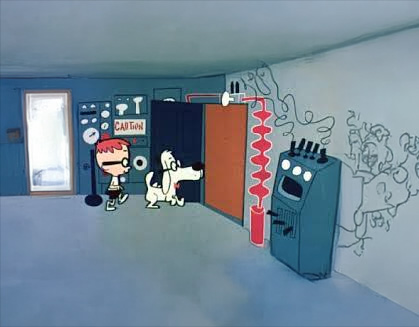Summary:
Married debtors filed for Chapter 13 bankruptcy on February 16, 2024, with real property owned as Tenants by the Entirety and valued at $371,000. Shortly thereafter, Adriana Steinke died and Peter Steinke became the sole owner of the property. Harris Ventures, Inc. held a judgment against Peter Steinke but could not attach the lien to the property under tenancy by the entirety laws. The judgment was to be classified as a general unsecured claim. Following her death, Harris objected to the Debtors' amended Chapter 13 plan, arguing it failed to account for the non-exempt equity in the property after the Tenancy by the Entirety ended.
The court found that the proposed plan did not satisfy the "liquidation test" under 11 U.S.C. § 1325(a)(4), which ensures creditors receive at least as much under the plan as they would in a Chapter 7 liquidation, by erroneously treating the property as fully exempt under the terminated tenancy by the entirety status, ignoring the equity available to creditors following Adriana Steinke’s death. The court held that the effective date for applying the liquidation test is the plan confirmation date, not the petition date, requiring updated valuation and creditor recovery analysis.
The request by Harris for relief from the automatic stay to allow its judgment to attach to the property after the Tenancy by the Entirety dissolved, however, was denied as the automatic stay under § 362 protects the property and prevented Harris from improving its claim status within the bankruptcy process.
Commentary:
A key, but unmentioned, fact in this very sad case may be that Ms. Steinke died 205 days after filing, which is outside the 180-day window of 11 U.S.C. § 541(a)(5). Accordingly, if this case was converted to Chapter 7, the bankruptcy estates of both Mr. and Mrs. Steinke would, unlike the Chapter 13 estate of Mr. Steinke, which pursuant to 11 U.S.C. § 1306, now holds the entire property in fee simple, pursuant to 11 U.S.C. § 348 still hold the property as Tenants by the Entireties. (Additionally, any life insurance she might have had would also be excluded.) In order to encourage debtors to first attempt Chapter 13, the legislative history is clear that Congress included § 348 as a "way-back machine" so that debtors were not harmed by that attempt.

Mr. Steinke could, if still necessary, then file a subsequent no-discharge Chapter 13 case to deal with the mortgage and taxes.
It is also worth noting that in Hmok, upon which this case relies, Judge Byers found the Tenancy by the Entirety was severed by the voluntary transfer in contrasted with an involuntary transfer by a Chapter 7 trustee in Surles, where Judge Stocks held that did not make the asset available for individual creditors. Ms. Steinke's sudden death, which does not garner even a note of sympathy in this opinion, would not seem to be a voluntary act.
With proper attribution, please share this post.
To read a copy of the transcript, please see:


Blog comments